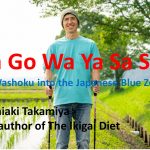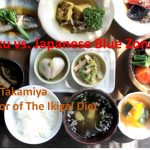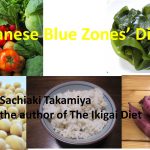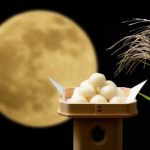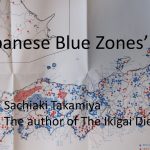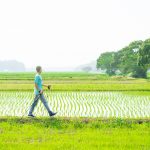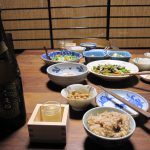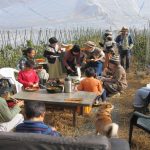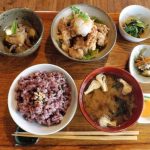longevity
Japanese Blue Zones’ Map
A medical professor at Tohoku University discovered many long-lived villages all over Japan between 1935 and 1971, and he drew a map of these long-lived villages. He marked them as blue spots, which is interesting, considering the fact that blue zones were discovered much later.
The Ikigai Diet is the Satoyama Lifestyle Shizenha People Practice
The Ikigai Diet is a diet and a lifestyle I composed based on Shizenha people’s lifestyle. I also modeled the lifestyle of centenarians in Japan’s long-lived areas such as Shiga and Nagano. I also studied the elements of Washoku, including the Zen Shojin diet and practices in the Japanese natural food movement.
Natural Food Movements in Japan
Japan is considered to be the country with the highest life expectancy and it has a lot to do with our diet, Washoku. And when we talk about Washoku, it is usually about the exoteric side of Washoku, but there is an esoteric side to it, and without knowing about it, you are missing a significant portion of Japanese wellness.
